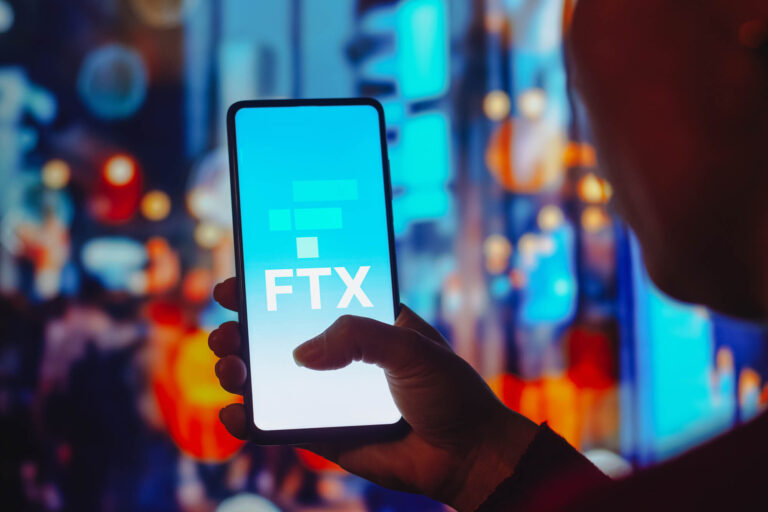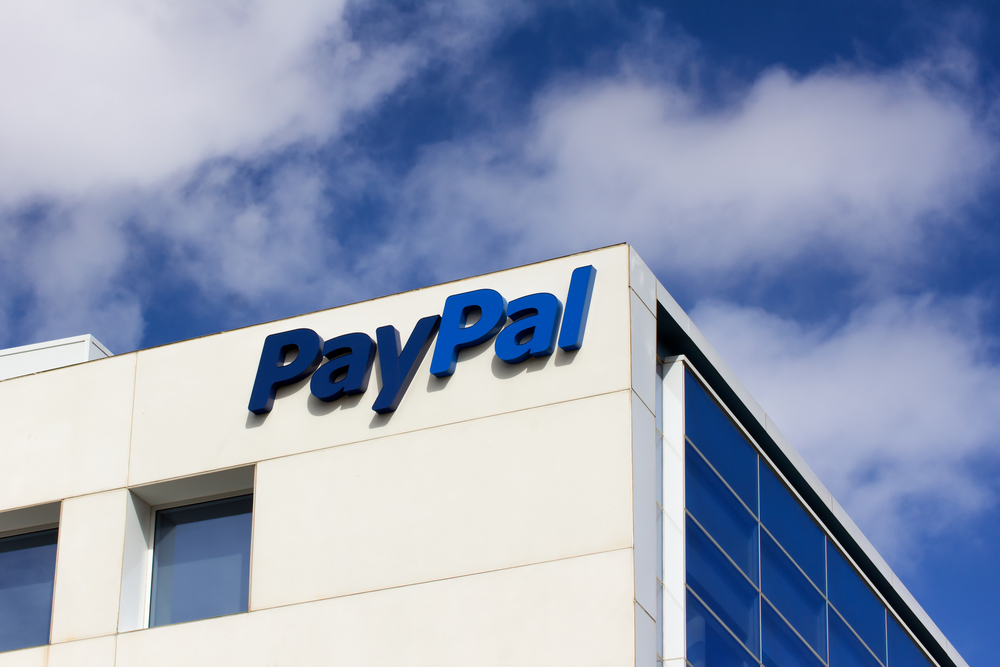New facts about the FTX/Alameda debacle are coming to light every day. What ex-CEO Sam Bankman-Fried says was merely the result of an unfortunate "miscalculation of risk and leverage" appears to have fraudulent underpinnings in reality. A look at the latest court documents.
The revelation of a 10 billion deep balance sheet hole and the subsequential bankruptcy filing of FTX, formerly the second largest crypto exchange, continues to shake the entire industry. As discoveries by new CEO and head of Chapter 11 bankruptcy proceedings John Ray reveal, the debacle masks a range of questionable to criminal business practices. For context on the entire situation, see the continuously updated FTX dossier.
Total failure of any company controls
The latest discoveries are part of the new FTX CEO's personal statement in the U.S. state of Delaware's bankruptcy court. The lawyer and bankruptcy professional helped manage the aftermath of some of the biggest corporate failures in history, including the demise of energy trading company Enron after an accounting fraud scandal in 2001, but even he expressed his shock over the results in the FTX case - in just the fourth paragraph of his 26-page court testimony.
"Never in my professional career have I seen such a comprehensive failure of corporate controls and such a complete lack of trustworthy financial information as I have seen here. From compromised system integrity and poor regulatory oversight overseas to the concentration of control in the hands of a very small group of inexperienced, unsophisticated and potentially compromised individuals, this situation is unprecedented." - John J. Ray, FTX CEO and Head of Delaware Bankruptcy Proceedings
As it turns out over the remaining pages of the document, this statement covers countless areas of corporate governance. From self-deleting messages when critical decisions were made, to the complete lack of accounting, to the personal enrichment of former FTX executives. And all without raising any eyebrows among the relevant regulators or investors in the then $32 billion company.
An intricate construct
DThe bankruptcy filing, made a week ago, includes an entity of over 130 companies ("The FTX Group") spread across dozens of countries and primarily reporting to Sam Bankman-Fried (known as SBF in crypto circles). Since the overwhelming majority of these companies did not maintain audited financial statements, the legal team led by Ray has been busy for the past week consolidating all assets and liabilities. No easy undertaking, after all, FTX Group did not maintain a centralized liquidity management system, according to the insolvency professional. Thus, for the time being, it is unclear how big the damage actually is. Ray also questions the audits for two of the subsidiaries.
"Zu den Verfahrensmängeln bei der Mittelverwaltung gehörten das Fehlen einer genauen Liste der Bankkonten und der Kontobevollmächtigten sowie die unzureichende Beachtung der Kreditwürdigkeit von Bankpartnern in aller Welt. [...] Ich habe erhebliche Bedenken hinsichtlich der in diesen geprüften Jahresabschlüssen enthaltenen Informationen, insbesondere in Bezug auf das Dotcom-Silo. Ich halte es nicht für angemessen, dass sich die Beteiligten oder das Gericht auf die geprüften Jahresabschlüsse als zuverlässigen Hinweis auf die finanziellen Verhältnisse dieser Silos verlassen." - John J. Ray, FTX-CEO und Leiter des Insolvenzverfahrens in Delaware
"Procedural deficiencies in the management of funds included the lack of an accurate list of bank accounts and account representatives, together with insufficient attention to the creditworthiness of banking partners around the world. [...] I have significant concerns about the information contained in these audited financial statements, particularly with respect to the dot-com silo. I do not believe it is appropriate for the parties or the court to rely on the audited financial statements as a reliable indication of the financial condition of these silos." - John J. Ray, FTX CEO and head of Delaware bankruptcy proceedings
Mixing of funds from Alameda and FTX
However, the business practices related to crypto custody are the most fatal. According to the new CEO, Sam Bankman-Fried and his co-founder Gary Wang had complete control over the digital assets of FTX Group's main businesses. Access to private keys and sensitive data had been regulated through an "unsecured group email account." In addition, software had been used to conceal the misuse of customer funds, which could hide transactions between the crypto exchange FTX and the trading house Alameda Research from auditors. In addition, Alameda was excluded from some aspects of the exchange's autoliquidation protocol.
Ray further confirms the assumption that the businesses of the actually separate entities FTX and Alameda Research were hardly separated from each other. Almost none of the 130 subordinate firms held board meetings and the governance structure was primarily controlled by SBF (including that of Alameda Research). If nothing else, this raises the question of whether the total $3.3 billion in Alameda loans to Bankman-Fried was funded out of the pockets of FTX clients. Finally, the number of cryptocurrencies deposited by users for some of the subsidiaries - including the "FTX US" exchange regulated under U.S. law - could not be found in any financial report.




